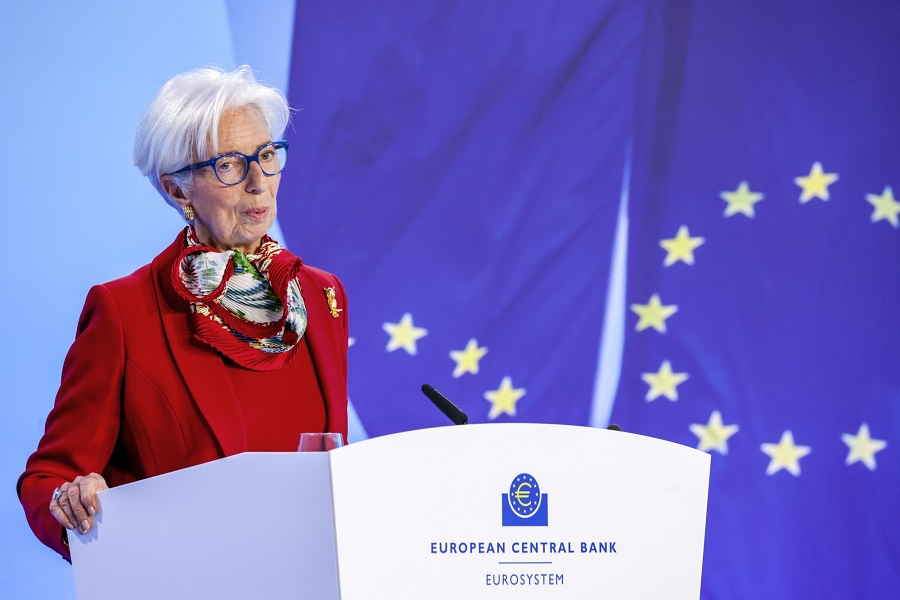What to expect from Central Banks’ monetary policy?
It seems that developed-country central banks have finished their tightening cycle, with the exception of the BoJ which has yet to start. But those banks meeting this week will presumably push back against talk of rapid rate cuts.

Only the ECB seems to have any grounds for believing the hype given the way in which inflation has tumbled.
>> Prospects for central banks’ monetary policy
It seems pretty obvious that the likes of the Fed, ECB and BoE will push back against growing speculation that easing cycles will start sooner rather than later. Only the ECB seems to have any grounds for believing the hype given the way in which inflation has tumbled. But even here the Bank will be wary of being bounced into a rate cut that turns out to be premature. The Federal Reserve certainly has good reason to push back against a market that is pricing the first cut to be as soon as April or May next year.
For a start, the economy remains quite robust, even if Q4 GDP is likely to slow down quite a bit from the very rapid 5.2% pace in Q3. But pushing back against market pressure is not easy. FOMC members could predict fewer rate cuts in 2024 than they suggested in September’s Summary of Economic Projections (SEP). Back then the FOMC median view was that rates would be cut 50-bps in 2024 but the market is currently priced for just over 100-bps of rate cuts and we doubt that this is going to change materially even if the SEP this week scales back the 50-bps rate-cut projection for next year.
It is a perennial issue that central banks face but, in the Standard Bank’s view, it should not be regarded as a problem but rather an important piece of information for central banks regarding private sector expectations. If market-based expectations were always sat atop the forecasts that the FOMC produced then there would be no information content for the Fed and we’d argue that this would make policymaking worse, not better. This being said, this bank still thinks that the market is wrong to predict rate cuts will start as soon as April as our projections imply that rate cuts won’t start until Q3. But would such a scenario endanger the treasury market, where yields have fallen considerably in the past month, or so?
“While we do see a risk that longer-term yields will move back up modestly, if only as a technical correction to the speed of the recent fall, we do not think that a later start date for rate cuts seriously endangers the treasury market. The only way we see a real danger is if inflation starts to re-accelerate, leading to speculation that the Fed might not be able to cut rates at all next year, or may even need to lift them again”, said the Standard Bank.
The Bank of England is in a similar situation to the Fed as the market is pushing for an easing cycle to start around mid-year. The BoE seems likely to push back against early rate-cut speculation but the start of the easing cycle could be as soon as Q2 2024, as we do for the ECB. Of the two, the ECB is the most likely to move first. This is on account of how the economy is developing, particularly the sharp decline in inflation, and also fiscal policy. The ECB has been critical of euro zone fiscal policy in the past, arguing that it is too loose and hence working against the ECB’s attempts to restrict demand and lower inflation.
>> Are some central banks considering lowering their rates?
However, there are two developments here that are worth bearing in mind. The first is that Germany has fallen into something of a fiscal emergency given the recent Constitutional Court ruling that disallowed the government from using unspent pandemic support on other projects. This has led to a significant shortfall in the budget.
A second factor is that euro zone member governments continue to inch slowly towards an accord that will help set new rules for budgetary consolidation that are focussed on constraining primary expenditure. Should the ECB view fiscal policy as likely to move in a direction that supports the prospects of lower inflation then it could help pull forward rate cuts into the spring of 2024.
While monetary policy at the Fed and ECB will dominate this week, it could be policy at the Bank of Japan, which is addressed next week, that has even more significance. For here, the market is looking towards the start of a tightening cycle with respect to shortterm policy rates, not an easing cycle. Q2 next year could prove the time when policy changes and this suggests the risk of a short-term setback for the yen if investors believe that policy changes could begin early next year.








